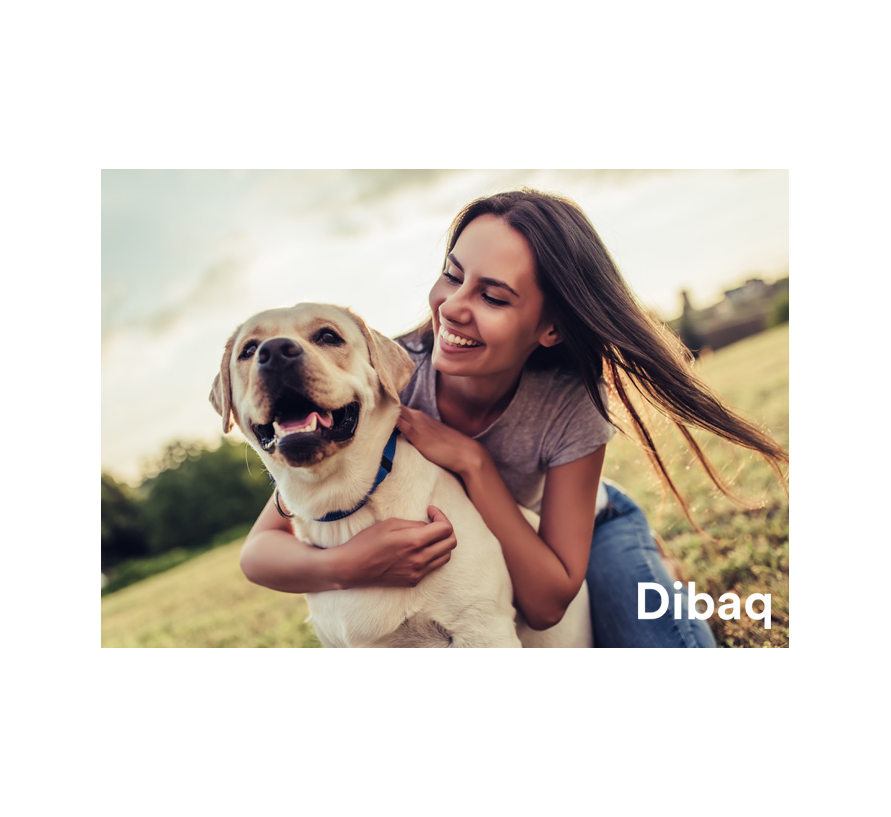
How many times have you wanted to speak the same language as your pet?Communication between animals and humans is sometimes really complicated... and if your four-foot floor companion just arrived, even more.Do not desperate! We leave you several tips that will help you know more about your pet to get a good coexistence.Continue to read!
Listen to your sounds
The sounds are the most common form of communication in many pets, and the most obvious and easy to identify by being sound and very distinguishable.Wipes are, many times, the first signs you need to keep in mind to avoid conflicts and understand what your dog or cat means.
A brick, for example, can be an attention call or the way to express anxiety, frustration, pain or desire to play.We recommend you pay a lot of attention to the sounds of your hairy friend to get used to them and go capturing their more personal noise.With time you will be able to differentiate each note!
Watch your body language
Both dogs and cats have a peculiar body language that allows them to communicate to their masters their emotional state and their intentions.The second rule to understand your pet is to observe his body and be attentive to all his physical reactions.The reason is simple: reading the gestures an animal performs with his tail, back or limbs can provide you with very useful information.
For example, if your dog keeps the lame up and the tail up, it will be communicating to you that he feels pleasant, trusted and quiet with you... but if he shakes, he hides or puts the tail between his backs is showing his fear.Take it in mind!
Look at your facial expression
Thethe eyes, ears and mouth of an animal are able to express a lot of information to humans. A research from the University of Portsmouth (UK) claimed, in fact, that dogs (as other animals) are able to change their facial expression in an attempt to communicate with people.
We leave you an example: many dogs use an expression known as “chicken eggs”, in which they open a lot their eyes and rise their eyelids (wishing to hurt their owner to get food or a walk through the park).And the cats don’t stay behind: if your felin looks at you closely in the eyes and doesn’t turn the look away, he’s challenging you... and if he surrounds his eyes, he’s showing you affection and confidence.You must be very careful to these and other gestures to know how your animal is and what you can expect from it!
If you still have doubts, don’t worry.We have a good news for you!There are some published dogs and cats dictionaries that can help you translate the vocabulary of dogs and minis... and interpret the feelings, concerns and mood of your pets.
Some examples are “The dog’s language: the signs of calm” or “Mini dictionary Spanish/cats/Spanish: 160 words to learn how to speak cats with fluidity.”.Search on the Internet and point for your next letter to the Wizards!







 Animal nutrition specialists
Animal nutrition specialists












